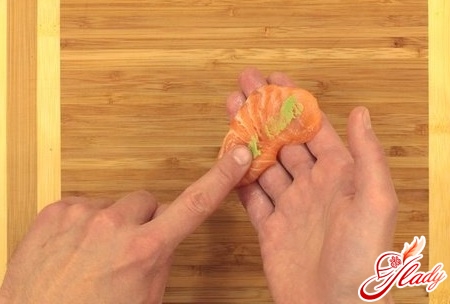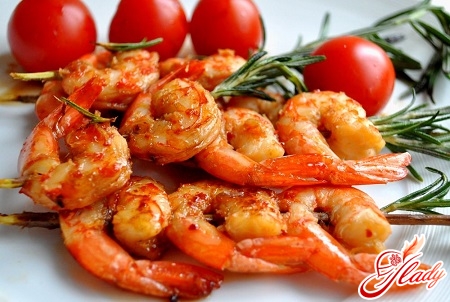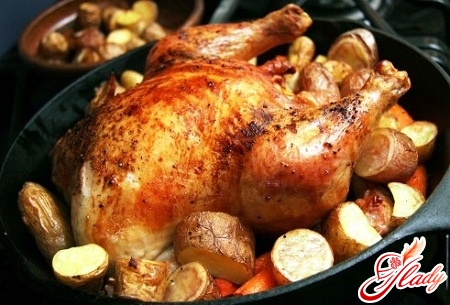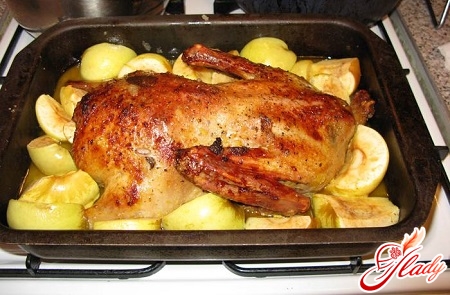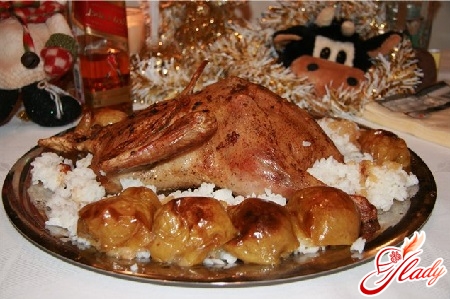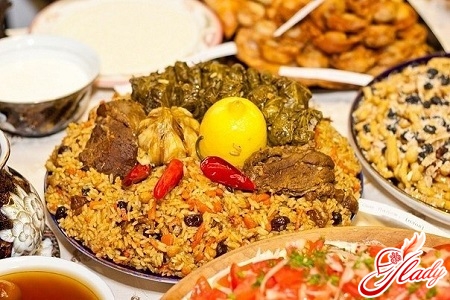
Let's talk about Tajik plov today.Plov (palov, pilav, palovosh) is one of the most revered dishes of the Middle East and Central Asia. The history of this dish is hundreds of years old. Plov was first cooked by Turkic nomads. Gradually, this dish became popular with the Greeks and Arabs. Throughout its history, plov was revered by the peoples of the East not only for its taste, but also for its healing properties. It was believed that this dish helps to restore strength and strengthen the spirit. The technologies and secrets of cooking plov, having improved, have reached our days. In modern cooking, plov is the most favorite dish among Uzbeks, Tajiks and Kazakhs. It occupies a worthy place in both Azerbaijani and Arab cuisines. At the same time, each nation has its own nuances of cooking plov. Tajik plov is similar to Uzbek, but has its own nuances in cooking. Tajik cuisine has more than one recipe for cooking plov. This is a recipe for traditional Tajik pilaf, and a recipe for pilaf with meatballs, and a recipe for pilaf with chicken, and a recipe for pilaf with fruit, and many others. Depending on the event, whether pilaf is cooked on weekdays or for guests, for a wedding celebration or a funeral, in winter or summer, the main ingredients can be changed. Raisins, chickpeas, quince, and garlic heads can be added to this dish. For Tajik pilafs, rice is sometimes soaked in warm salted water before adding it to speed up the cooking process. Cooking pilaf is not as difficult as it seems. You need to go through three stages in sequence:
How to recoct oil for pilaf?
The lard, cut into small cubes, is placed incauldron, trying to create the maximum temperature. The fat is melted, and the fried cracklings are removed from the cauldron with a slotted spoon. The Tajiks have a ritual according to which the cracklings must be eaten, otherwise the dish will not work! It is necessary to reheat the oil in a metal dish that has a thick rounded bottom. Enameled dishes are not used. First, the dish is heated, then the oil is poured in, reheating over low heat, trying to avoid the boiling process. The degree of readiness of the oil is determined by a white smoke or strong crackling.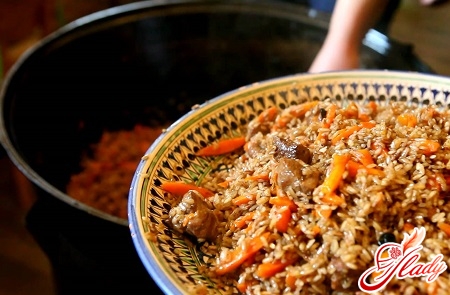
Preparing the dirvak for pilaf
When the oil reheating process is complete,Add chopped meat, onion rings, and carrots to the cauldron. Add half as much carrots to the pilaf as rice, but almost the same amount as the meat. Fry all ingredients until golden brown. After 20-30 minutes, add spices to the zirvak. Traditionally, this is a pre-prepared mixture of equal parts of ajgon, red pepper, and barberry. In this case, about 1.5 teaspoons of the spice mixture are needed for half a kilo of rice. Then add salt to the zirvak and add water, half a glass for 500 g of rice.
Rice laying for pilaf
Place the mixture on top of the fried mixture.rice, which should not be mixed with zirvak. It is enough to press it with a spoon or slotted spoon. Then carefully add water so that the rice is covered by about 1.5 cm. If the rice was not pre-soaked, then a little more water can be taken. Salt is added. To give the rice a pleasant golden color, saffron tincture is added. Shortly before the end of the cooking process, the pilaf is pierced with a wooden stick in several places, the heat is turned off and the pilaf is left to infuse under the lid for 20 minutes. This is a generalized method of cooking pilaf. Let's now consider traditional and popular recipes of Tajik cuisine.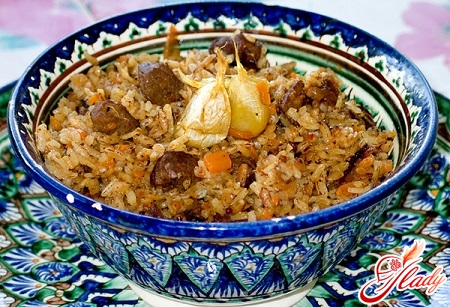
Plov in Dushanbe
Take 400 g of rice, 80-100 g of vegetable oil,200 g onions, 400 g carrots, 4 g each of barberry and cumin, salt and pepper to taste. To prepare the mince you will need: 450 g lamb (you can use beef), 120 g onions, 4 boiled eggs, 60 g rendered lard. Cooking recipe: Mince the meat and onions. Season the mince with pepper and salt. Divide the finished mass into flat cakes. Wrap the peeled boiled eggs in them. Pinch the mince and fry until half-cooked in lard. Heat the oil and sauté the diced onion a little. Then add the carrots, chopped into strips, fry with the onion, pour in water and bring to a boil. Then put the meat stuffed with eggs in one layer, add pepper, salt, barberry, cumin, and also pre-washed rice, which must be leveled with a slotted spoon. When all the liquid has been absorbed into the rice, close the cauldron tightly and let the pilaf sit. When serving, put the pilaf in a pile on a plate, then put the eggs in minced meat cut into about 2-4 parts on top and sprinkle with chopped herbs.
Plov Khodjetino
The proportions of the ingredients can be changed to suit your taste.So, take 100 g of vegetable oil, 400 g of rice, 400 g of carrots, 200 g of onions, 4 g of barberry, 4 g of cumin, salt and pepper to taste. To prepare the minced meat, you will need: 450 g of lamb, 1 raw egg, 120 g of onions, 50 g of rendered lard, 2 heads of garlic. Cooking recipe: pre-soak the rice in salted warm water for 2 hours. To prepare zirvak, fry the meat with half rings of onion and carrots. The minced meat should be prepared in the same way as for Dushanbe-style pilaf. Add a raw egg. Next, take the grape leaves, first wash them, and then scald them with boiling water. Make cabbage rolls by wrapping the minced meat in grape leaves. We will connect the resulting cabbage rolls into a ring using a needle and thread (we will pierce each cabbage roll in the center). We dip our ring of cabbage rolls into zirvak, add half a glass of boiled water, salt, and spices. We continue to simmer over low heat for 15 minutes. Finally, it is the rice's turn. We will add it to the zirvak and bring the dish to readiness. The recipe is somewhat labor-intensive, but if we learn how to cook this dish, we will be able to please our loved ones!




